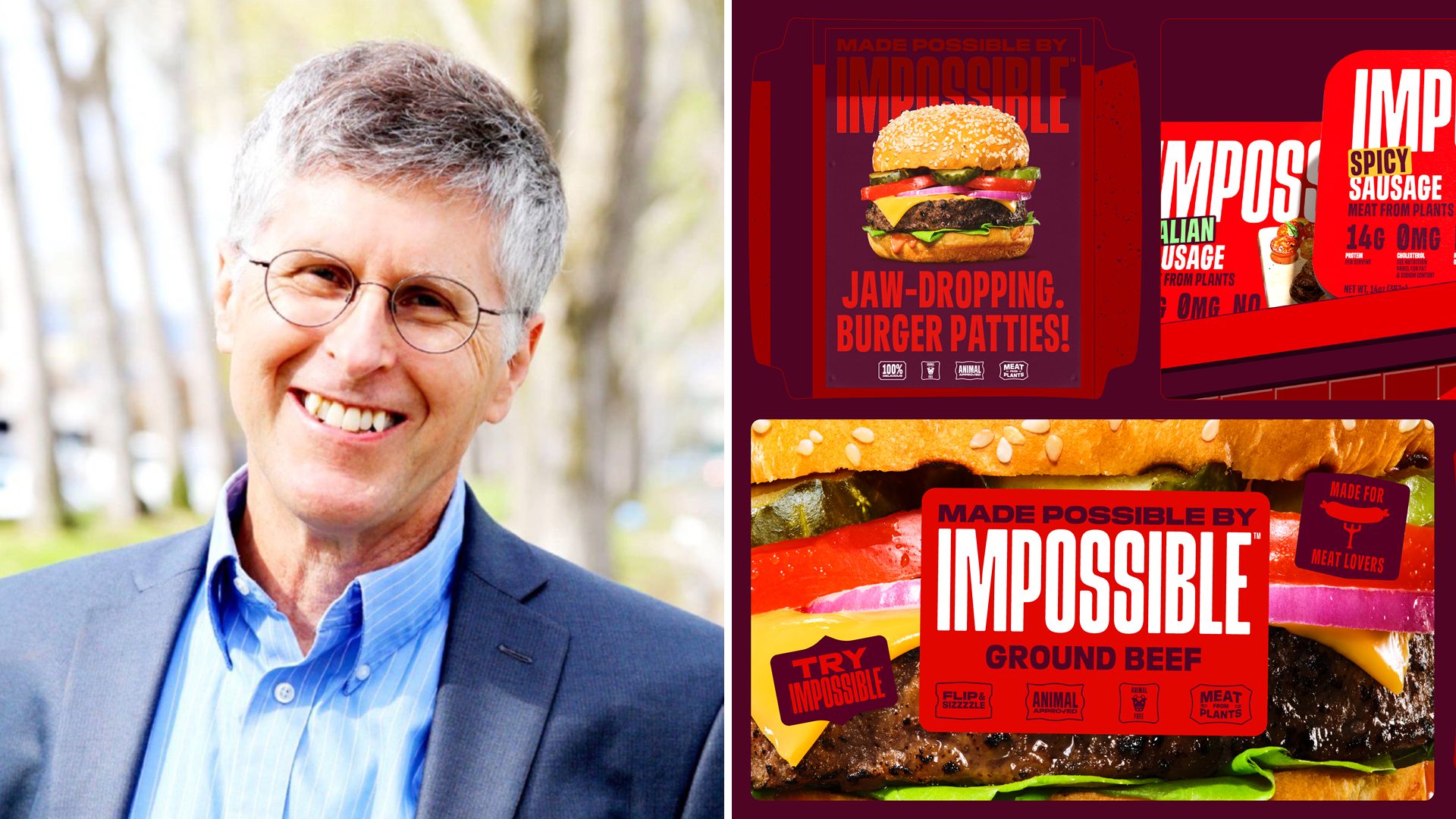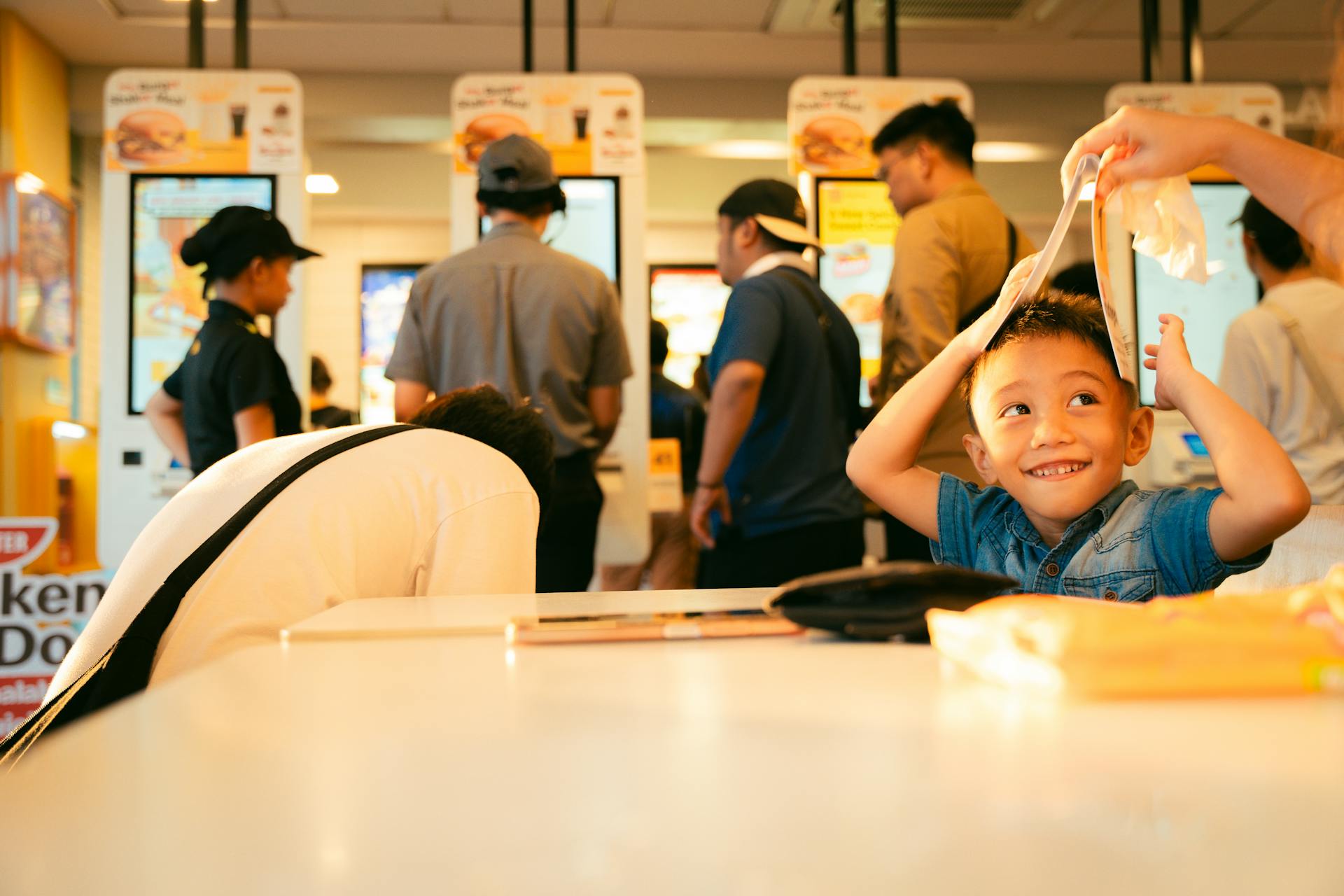Image courtesy of The National Retail Federation
NEW YORK CITY – The National Retail Federation’s 2025 Retail’s Big Show event brought together nearly 40,000 retail industry stakeholders and 5,000 brands at New York City’s Javits Center for a multi-day event with a robust agenda, Jan. 12-14.
After a tenuous post-covid environment, retail is back and companies are diving deeper into the technologies that can streamline efficiencies, and open businesses of all sizes to level-up their growth potential. The show floor made it clear – consumers crave fast and easy service, and brands are open to investing in them.
NRF data shows that retail sales closed the year with a 1.74% boost, compared to the previous month, signaling a strengthening economy going into the new year, with consumers more willing to spend.
“When I look at the consumer, I look at the labor market, interest rates, and wealth. Across all these metrics we are seeing improvement across 2024 and a healthy setup into 2025,” said Sarah Wolfe, Morgan Stanley Wealth Management senior economist.
With that optimistic start of the year in mind, businesses can invest in consumers with the promise of achieving an improved ROI. The following are some show floor insights that indicate where retailers are focusing their efforts.
Getting Smart with Retail’s Big Show — AI Here, There, Everywhere
Tons of exhibitors leveraged AI to improve their product offerings, giving a glimpse into the technologies on the horizon slated to take over the sector.
RadiusAI, for example, showcased a checkout technology already in use at select convenience stores and pharmacy operators wherein consumers can simply place their items onto a high-tech counter and checkout without having to individually scan each item. As retail theft was top of mind for many, RadiusAI VP Robert Hubbard told The Food Institute that the service can be coupled with a computer vision-enabled entire store camera system to identify when consumers have items on their person for which they’ve failed to pay.
Additional applications include customer service virtual assistants, AI-enhanced chatbots, and enhanced online search functionality. It’s no surprise brands are betting big on AI, in particular generative AI (Gen AI): EY chief economist Gregory Daco noted that “over the next 10 years, Gen AI could add anything between 2 to 4 years of extra business growth.”
However, these applications require investment, not all of which immediately pay off.
In a conversation about unlocking grocery profitability with Korean-American grocery chain H Mart, EVP Vince Colatriano explained how the company is actively looking for ways to improve the brand, particularly with multilingual consumers in mind. In this vein, the grocer piloted customer service AI that didn’t quite meet its standards. This type of failure is expected, and even welcome, because it offers a customer-centric process to improving the retailer’s omnichannel experience.
Sink or Swim: Digital Transformation Comes to Foodservice
Retail’s Big Show highlighted how the benefits of tech-enabled productivity tools and platforms are becoming table stakes for foodservice operators. Companies failing to innovate threaten ruination.
In a session about Jack in the Box’s technology strategy, CTO Doug Cook highlighted how he helped turn the QSR from a tech laggard into a leader by drafting a tech-implementation approach that first stabilized its business operations by putting out fires like frequent helpdesk calls and network infrastructure that sometimes failed to authorize payment before modernizing its system with updated point-of-sales platforms and new applications.
Cook explained that this even created space for productivity innovations. Jack in the Box, for example, now boasts a handful of frier-cooking Flippy 2 robots developed in partnership with Miso Robotics.
On the Show Floor, similar technologies had their own section, called the Foodservice Innovation Zone, which focused on making restaurants more productive. Middleby Automation, for one, showcased an automated pizza kitchen that flaunted robot-assisted pizza cooking, and a mobile ordering locker design to streamline pickup.
The Sustainability Prerogative
As companies are racing to achieve their 2030 sustainability targets, myriad exhibitors supported tools to create more sustainable business operations that often worked in tandem to save retailers money while benefiting the planet.
On the supply-chain side, this was the name of the game, as supply chain efficiencies can often support sustainability efforts, and vice versa. For example, o9, a supply chain software tool that has worked with Starbucks, Mondelez, and PepsiCo, enables users to create a “digital twin” of a brand’s entire supply chain and evaluate its environmental footprint while enabling stakeholders to understand how operations can be streamlined.
On a smaller scale, Walmart head of corporate Sustainability Jerome Del Porto explained one way the company streamlines its supply chain as a way to promote a circular business model. Del Porto noted that Walmart recycles food products at select locations in partnership with Denali Food Waste Solutions, a service that reintroduces expired foods back into the system by converting them into biofuel, livestock feed, or finding other solutions.
In sum, Retail’s Big Show signaled that the sector is off to a healthy start of the year.
The Food Institute Podcast
How does a coffee brand pivot into honey? The answer might make more sense than you originally believed. Jessica Padula, Nespresso USA’s vice president of marketing and head of sustainability, returns to discuss the company’s sustainability efforts and how her dual roles in marketing and sustainability inform each other and improve the company.












